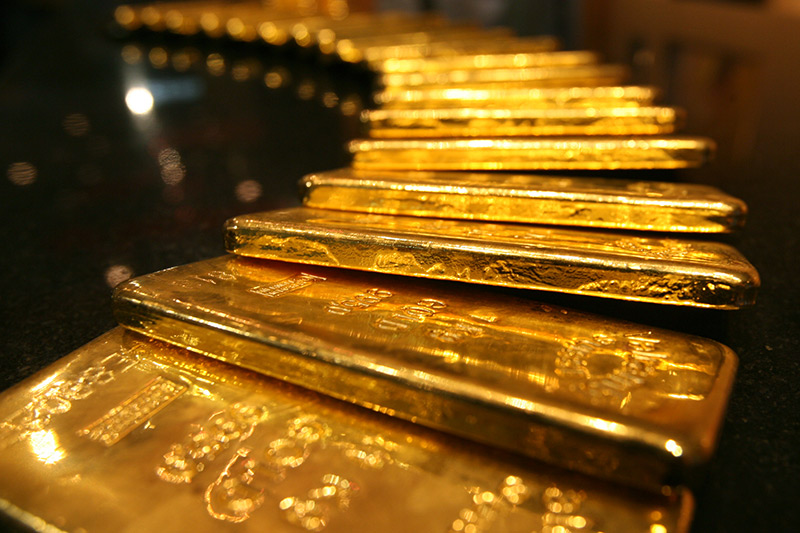Investing.com -- The investment analysts think has the most turnaround potential in 2017 is gold.
The commodity has fallen an annualized 3% and 7% over the past three and five years, respectively. Since hitting an apex at around $1,900 an ounce in September 2011, gold bottomed at $1,050 an ounce in December 2015 and is now in a sustained uptrend. The intraday price of $1136.50 per troy ounce was up $7.70, or 0.68%.
Gold settled at 1136.80, up $7, or 0.62%. Silver and platinum also settled higher on Friday.
Inflationary policies, by the governments of China and the U.S., will encourage speculation, resulting in increased cash flow into electronic traded funds (ETFs) related to gold, according to analysts.
President-elect Donald Trump’s plans to cut taxes is expected to add trillions of dollars to the country's debt burden.
The U.S. federal debt is still expected to increase from 77% of U.S. GDP at year-end 2016 to 86%, or about $23 trillion, over the next decade, driven by spending on health care for seniors and children and the indigent and retirement.
Analysts also said that jewlery demand from India and China should regain momentum next year.
According to the World Gold Council, global jewelry demand, which makes up half of annual gold demand, was down 21% year-over-year in the third quarter.
This year’s decline of the Chinese and Indian jewelry markets was caused by complex confluence of events that will not repeat themselves in 2017, including the unexpected loss of Chinese consumer confidence, gold import curbs designed to restrict capital flight, a tax hike on Indian gold imports earlier this year, and a cash crisis in India.
